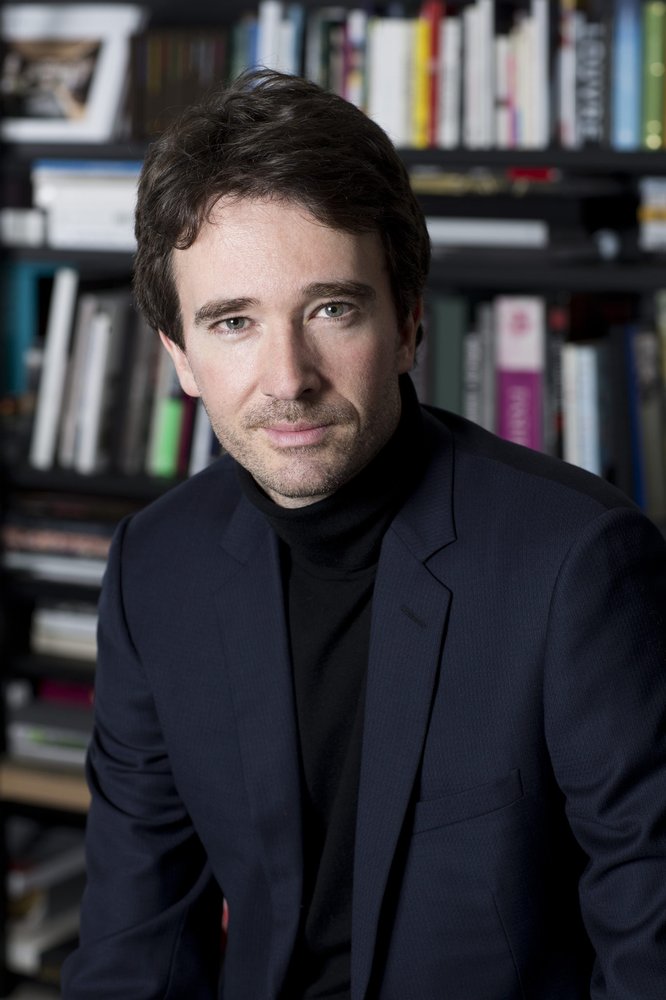Nicola Mira
Apr 16, 2021
On Thursday, LVMH, the world’s number one luxury group, which has started the year in buoyant commercial form, presented
its new environmental road map on the occasion of its AGM.

The plan is part and parcel of the group’s LIFE 360 programme, which identifies the four linchpins LVMH is relying on for growth between now and 2030. LIFE 360 takes over from the LIFE 2020 programme, which LVMH introduced in 2016 with four objectives: improve the environmental performance of all its products, apply industry best practices to the supply chain, improve key environmental efficiency indicators for all the group’s production sites, and cut CO2 emissions. According to LVMH, these commitments enabled the group to grow the share of energy from renewable sources it uses to 40% of its energy mix, to cut its stores’ energy consumption by 31% and to source 74% of the leather it uses from certified tanneries.
With LIFE 360, LVMH has gone a step further, deliberately focusing on four key elements: circularity, transparency, protecting bio-diversity and fighting climate change. The group is no longer simply trying to “improve” its performance, but has clearly set out a series of objectives. “The group’s new environmental road map outlines the future by defining the action plans that will be deployed by 2023, 2026 and 2030,” said Antoine Arnault, head of brand image and environmental policies at LVMH, speaking at the AGM.
In terms of circularity, LVMH has pledged to no longer use virgin plastic packaging of fossil origin by 2026. A timely move by LVMH, now that a growing attention is being paid to alternatives to poly bags, the kind of disposable plastic packaging that is widely used for clothes and accessories.
More generally, LVMH is keen to adopt a new “creative circularity” approach in all its activities. “This approach is driven by our designers. They are very important in their role as prescribers. We want to introduce new circularity-inspired services, and embrace eco-design,” said Hélène Valade, group environmental development director at LVMH, speaking at a press presentation. “I strongly believe in this new business model, which we are applying to the luxury industry. It enables us to be inventive in the materials we use, especially bio-sourced materials, to make progress with regenerative agriculture and to explore new materials,” she added.
By 2030, LVMH aims for 100% of its products to be developed using an eco-design approach. And by 2023, the group intends to develop new circularity services. “What is driving us, it’s not second-hand [products] but a second life for our products,” said Valade, adding that “the uniqueness of our products hinges on the excellence of the materials used and their durability. We are going to boost and replicate the repair and enhancement services developed by Louis Vuitton and Berluti.” For the time being, the idea of re-using materials seems more applicable to the products of luxury labels, although the group also indicated that it will focus on alternative materials research in the next few years.

Even if some of the group’s labels compete with each other, Valade underlined the group’s firm intention to see them collaborate on environmental best practices and on materials use. With this in mind, LVMH has created a start-up within the group whose job it is to make sure that any stock of material that one of the group’s labels isn’t using can be bought by other LVMH labels.
By 2030, the group has pledged to adopt traceability methods for each of its primary materials, also using blockchain technology. As consumers expect more and more transparency, LVMH, which is testing with Patou the use of QR codes detailing each garment’s composition, is keen to ensure that the provenance of the materials used across the entire value chain is guaranteed.
On the climate change front, LVMH has set out its energy consumption targets. By 2026, the group intends to switch fully to renewable energy and cut greenhouse gas emissions by 50% across all its production sites and over 5,000 stores worldwide. “We are also going to try to measure the environmental impacts of fashion weeks,” said Valade. “The [French] Fashion and Haute Couture Federation has created a tool to calculate the impact of catwalk shows and fashion weeks in general, and we are going to use it. What is clear is that digital shows have a real environmental impact,” she added.
With regards to greenhouse gas emissions linked to raw material production and product transportation, which account for the bulk of the group’s emissions, LVMH’s goal is to cut greenhouse gas emissions by 55% per unit of value added (equivalent to the resource consumption involved in producing an article chosen as representative of the group’s product range) by 2030. “The tools exist. Our ambition is to align ourselves with the commitments of the Paris Pact. Transportation-wise, this means preferring sea to air freight,” said Valade.
According to the group’s 2020 CSR report, the fragrance and cosmetics division, a vast majority of whose products were shipped by air last year, has ample room for improvement. The fashion and leather goods divisions, whose greenhouse gas emissions generated by air-freighting materials and finished products were quite significant, also has the potential to improve.
Antoine Arnault is expected to provide regular updates on the progress made by LVMH with the LIFE 360 programme, notably tapping the expertise of specialist consulting firm Quantis. A few years ago, environmental pledges may have been looked upon with scepticism by investors, but it seems the subject is no longer taboo. On Thursday evening, LVMH’s share price was slightly up on the Paris Stock Exchange, and the group’s market capitalisation reached €309.56 billion.
